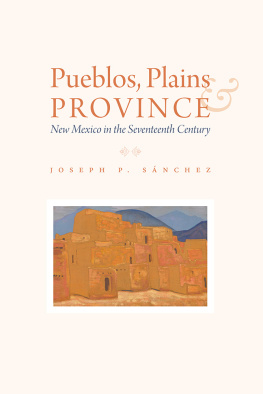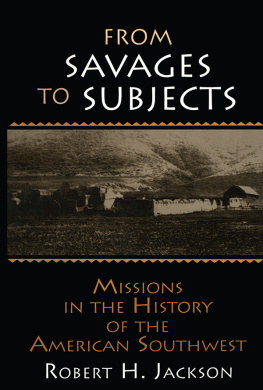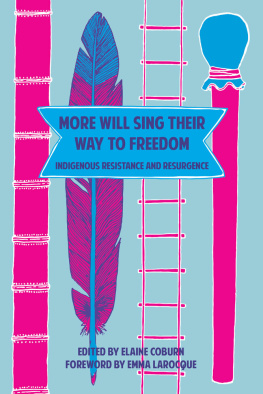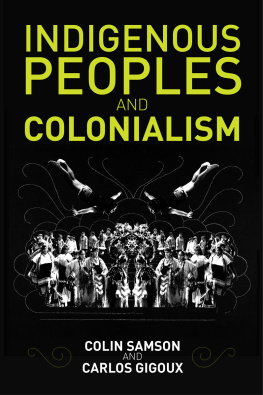John G. Douglass (editor) - New Mexico and the Pimería Alta: The Colonial Period in the American Southwest
Here you can read online John G. Douglass (editor) - New Mexico and the Pimería Alta: The Colonial Period in the American Southwest full text of the book (entire story) in english for free. Download pdf and epub, get meaning, cover and reviews about this ebook. year: 2017, publisher: University Press of Colorado, genre: Home and family. Description of the work, (preface) as well as reviews are available. Best literature library LitArk.com created for fans of good reading and offers a wide selection of genres:
Romance novel
Science fiction
Adventure
Detective
Science
History
Home and family
Prose
Art
Politics
Computer
Non-fiction
Religion
Business
Children
Humor
Choose a favorite category and find really read worthwhile books. Enjoy immersion in the world of imagination, feel the emotions of the characters or learn something new for yourself, make an fascinating discovery.

- Book:New Mexico and the Pimería Alta: The Colonial Period in the American Southwest
- Author:
- Publisher:University Press of Colorado
- Genre:
- Year:2017
- Rating:4 / 5
- Favourites:Add to favourites
- Your mark:
New Mexico and the Pimería Alta: The Colonial Period in the American Southwest: summary, description and annotation
We offer to read an annotation, description, summary or preface (depends on what the author of the book "New Mexico and the Pimería Alta: The Colonial Period in the American Southwest" wrote himself). If you haven't found the necessary information about the book — write in the comments, we will try to find it.
Winner of the 2017 Arizona Literary Award for Published Nonfiction
Focusing on the two major areas of the Southwest that witnessed the most intensive and sustained colonial encounters, New Mexico and the Pimera Alta compares how different forms of colonialism and indigenous political economies resulted in diverse outcomes for colonists and Native peoples. Taking a holistic approach and studying both colonist and indigenous perspectives through archaeological, ethnohistorical, historical, and landscape data, contributors examine how the processes of colonialism played out in the American Southwest.
Although these broad areasNew Mexico and southern Arizona/northern Sonorashare a similar early colonial history, the particular combination of players, sociohistorical trajectories, and social relations within each area led to, and were transformed by, markedly diverse colonial encounters. Understanding these different mixes of players, history, and social relations provides the foundation for conceptualizing the enormous changes wrought by colonialism throughout the region. The presentations of different cultural trajectories also offer important avenues for future thought and discussion on the strategies for missionization and colonialism.
The case studies tackle how cultures evolved in the light of radical transformations in cultural traits or traditions and how different groups reconciled to this change. A much needed up-to-date examination of the colonial era in the Southwest, New Mexico and the Pimera Alta demonstrates the intertwined relationships between cultural continuity and transformation during a time of immense change and highlights contemporary thought on the colonial experience.
Contributors: Joseph Aguilar, Jimmy Arterberry, Heather Atherton, Dale Brenneman, J. Andrew Darling, John G. Douglass, B. Sunday Eiselt, Severin Fowles, William M. Graves, Lauren Jelinek, Kelly L. Jenks, Stewart B. Koyiyumptewa, Phillip O. Leckman, Matthew Liebmann, Kent G. Lightfoot, Lindsay Montgomery, Barnet Pavao-Zuckerman, Robert Preucel, Matthew Schmader, Thomas E. Sheridan, Colleen Strawhacker, J. Homer Thiel, David Hurst Thomas, Laurie D. Webster
John G. Douglass (editor): author's other books
Who wrote New Mexico and the Pimería Alta: The Colonial Period in the American Southwest? Find out the surname, the name of the author of the book and a list of all author's works by series.






 The University Press of Colorado is a proud member of Association of American University Presses.
The University Press of Colorado is a proud member of Association of American University Presses. An electronic version of this book is freely available, thanks to the support of libraries working with Knowledge Unlatched. KU is a collaborative initiative designed to make high-quality books open access for the public good. The open access ISBN for the PDF version of this book is 978-1-60732-701-1; for the ePUB version the open access ISBN is 978-1-60732- 722-6. More information about the initiative and links to the open-access version can be found at www.knowledgeunlatched.org.
An electronic version of this book is freely available, thanks to the support of libraries working with Knowledge Unlatched. KU is a collaborative initiative designed to make high-quality books open access for the public good. The open access ISBN for the PDF version of this book is 978-1-60732-701-1; for the ePUB version the open access ISBN is 978-1-60732- 722-6. More information about the initiative and links to the open-access version can be found at www.knowledgeunlatched.org.